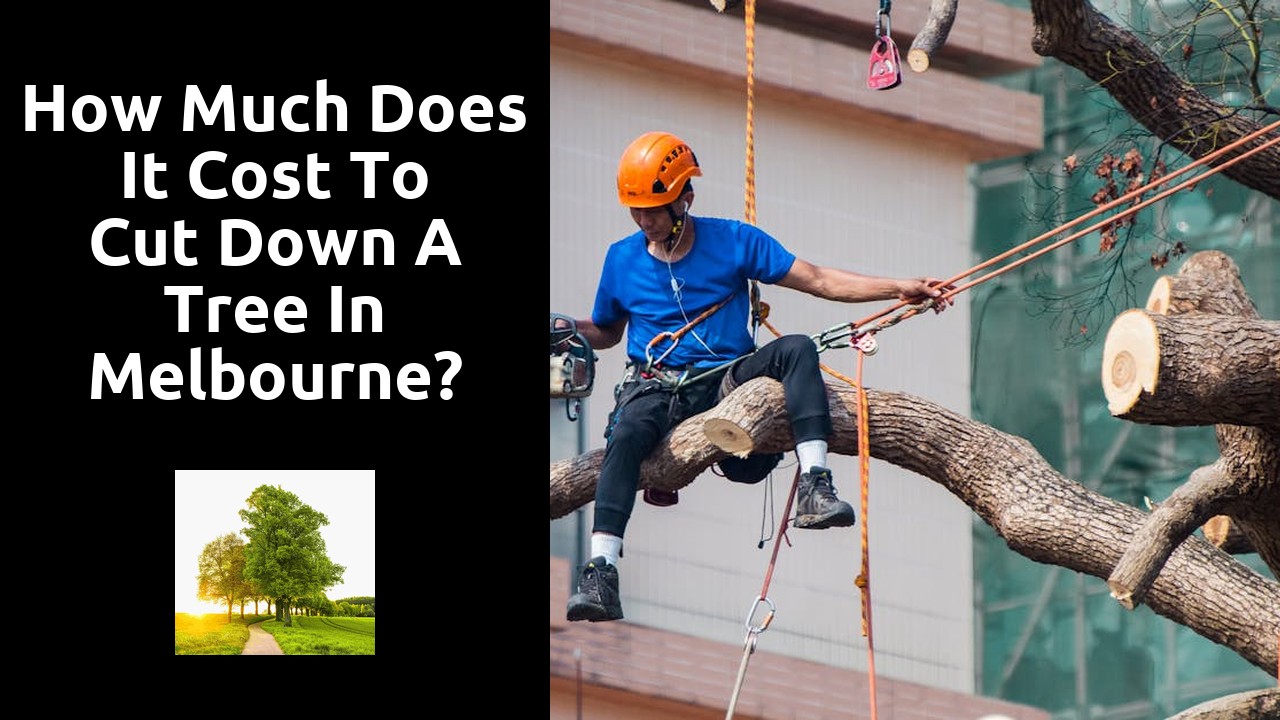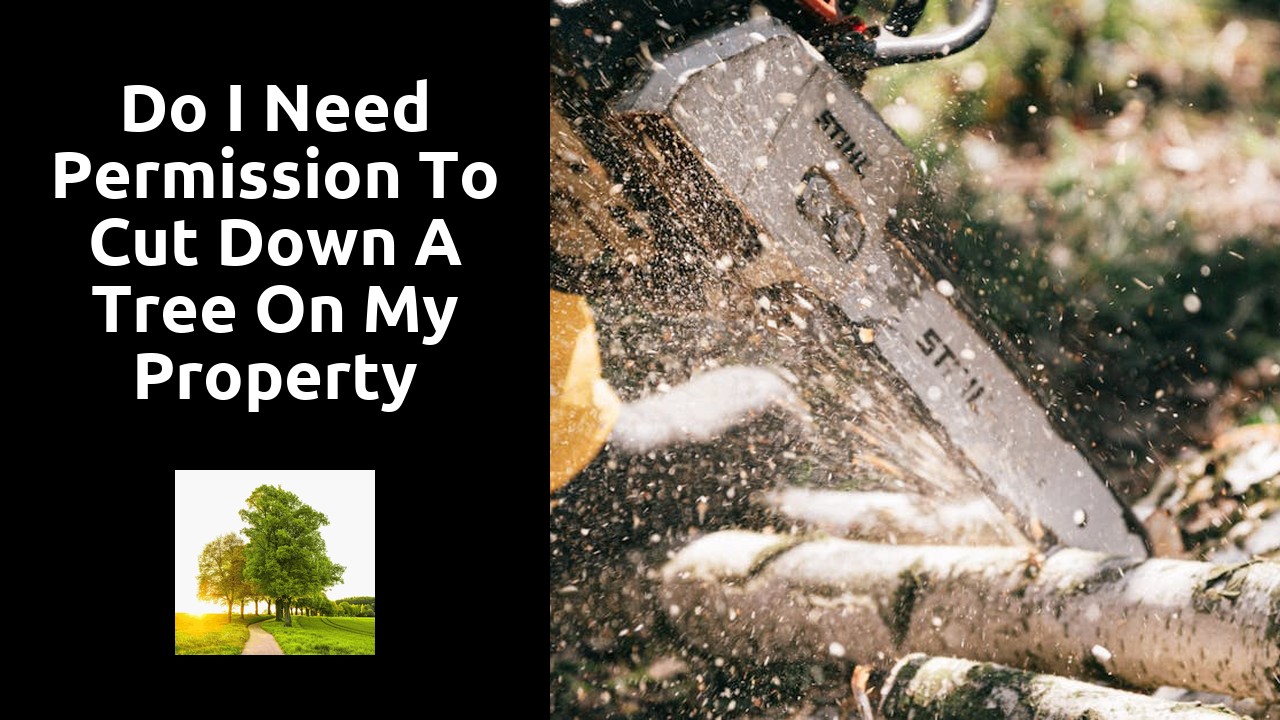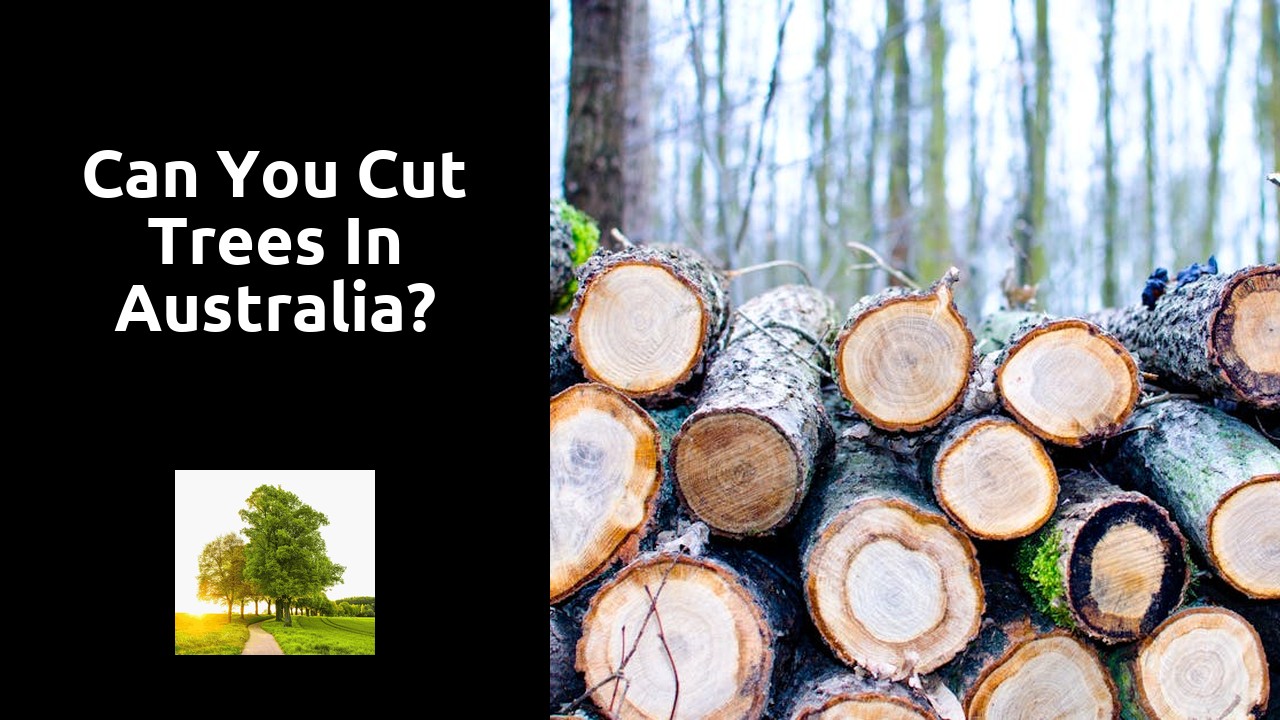
Tree Cutting
Reiners Tree Service offers top-notch tree cutting services to residents in the community. Our team of experienced arborists are skilled in safely and efficiently removing trees of all sizes, including those in hard-to-reach locations. Whether a tree needs to be cut down due to disease, storm damage, or simply for aesthetic reasons, our professionals have the expertise to get the job done right. We take great care to minimize any potential damage to surrounding property and ensure that the debris is properly disposed of. Trust Reiners Tree Service for all of your tree cutting needs.
Cost Factors in Tree Cutting
When it comes to tree cutting, the costs can vary based on numerous factors. One significant aspect that influences the cost is the size and complexity of the tree. Larger trees or those with extensive branches and intricate root systems require more labor and specialized equipment to remove safely and efficiently. As a result, tree service companies often charge more for tackling these types of trees.
Another crucial cost factor in tree cutting is the location of the tree. Trees situated in challenging positions, such as close to buildings, power lines, or underground utilities, can significantly increase the price of tree cutting services. In these scenarios, arborists may need to employ different techniques or tools to ensure the tree is removed without causing damage to surrounding structures or the environment. These factors contribute to the overall expenses associated with tree cutting projects.
Tree size and complexity
Tree size and complexity play a crucial role in determining the cost and approach required for tree cutting. Larger trees with intricate branching patterns and dense foliage can be more challenging to remove compared to smaller, less complex trees. Tree service providers often consider the size and complexity of a tree when providing cost estimates to clients. The larger and more complex a tree is, the more time, labor, and specialized equipment it may require for safe and efficient removal.
Moreover, trees that are close to structures, power lines, or other obstacles pose an additional level of complexity for tree cutting. In such scenarios, arborists need to carefully plan and execute the cutting process to avoid damage to surrounding property and ensure the safety of everyone involved. The size and complexity of a tree also influence the choice of cutting techniques and equipment used to achieve the desired outcome while minimizing risks and environmental impact.
Tree Cutting Techniques for Different Tree Types
When it comes to different tree types, it is essential to tailor tree cutting techniques for optimal results. For instance, hardwood trees such as oak or maple require specialized methods due to their dense and sturdy nature. It is crucial to employ precise cutting techniques to avoid splintering and ensure a clean cut. Additionally, coniferous trees like pine or spruce necessitate different approaches, as their branches and needles require specific handling to prevent damage to the tree and surrounding vegetation.
Moreover, fruit-bearing trees like apple or cherry trees demand careful consideration during cutting to preserve the health of the tree and maximize future fruit production. Pruning techniques need to be strategically implemented to promote fruit growth and maintain the overall vitality of the tree. Understanding the unique characteristics of each tree type is fundamental in selecting and executing the most appropriate cutting methods for a successful outcome.
Tailoring methods for optimal results
When it comes to tree cutting, using the right methods for each specific tree type is crucial for achieving optimal results. Different trees have varying structures and growth patterns, requiring tailored techniques to ensure the job is done effectively. By understanding the unique characteristics of the tree being cut, arborists can determine the most appropriate approach to avoid unnecessary damage and achieve the desired outcome.
Tailoring methods for optimal results involves assessing factors such as tree height, branch density, and surrounding environment to determine the best course of action. For example, when dealing with a tall tree with dense foliage near buildings, skilled professionals may opt for a strategic pruning technique to carefully remove branches in sections. This method not only ensures the safety of nearby structures but also promotes the health and longevity of the tree itself.
Environmental Impact of Tree Cutting
When it comes to tree cutting, it is crucial to consider the environmental impact it carries. The removal of trees disturbs the ecosystem balance, affecting wildlife habitats and biodiversity. Deforestation leads to soil erosion, which poses a threat to water quality and can result in flooding in certain regions. Additionally, trees play a vital role in absorbing carbon dioxide from the atmosphere, so their removal contributes to increased greenhouse gases and climate change.
It is imperative to adopt sustainable practices when engaging in tree cutting activities. Replanting trees in place of those that are cut down helps to maintain the ecological equilibrium. Furthermore, implementing responsible logging techniques such as selective cutting and ensuring minimal disturbance to surrounding vegetation can mitigate the negative effects of tree removal. By prioritizing environmental conservation in tree cutting processes, we can help preserve our natural surroundings for current and future generations.
Importance of sustainable practices
Implementing sustainable practices in tree cutting is crucial for the long-term health of our environment. By employing methods that prioritize sustainability, we can help mitigate the negative impacts of deforestation and promote the regeneration of forests. Sustainable tree cutting practices not only benefit the ecosystem but also contribute to preserving biodiversity and maintaining the natural balance of our surroundings.
Adopting sustainable practices in tree cutting involves careful planning, selective harvesting, and reforestation efforts. It requires a thoughtful approach that considers the ecological implications of tree removal and focuses on minimizing environmental damage. By integrating sustainable practices into tree cutting activities, we can ensure that our forests remain healthy and vibrant for future generations to enjoy.
FAQS
What factors determine the cost of tree cutting?
The cost of tree cutting can vary based on factors such as tree size, complexity, location, and the equipment required for the job.
How does tree size and complexity affect the tree cutting process?
Larger and more complex trees may require specialized equipment and techniques, which can impact the cost and time required for tree cutting.
Are there different tree cutting techniques for various types of trees?
Yes, different tree types may require specific cutting techniques to ensure optimal results and minimize risks during the cutting process.
How can tree cutting methods be tailored for optimal results?
Tree cutting methods can be tailored based on factors such as tree species, size, location, and desired outcomes to achieve the best results for each specific tree cutting job.
What is the importance of sustainable practices in tree cutting?
Sustainable practices in tree cutting help minimize environmental impact, promote tree health and growth, and ensure the long-term sustainability of our forests and green spaces.


